Life In The Fast Lane - Indian Paradise Flycatcher
Being Taught Patience By The Indian Paradise Flycatcher
BIRDS
Aniruddha Bhattcharya
11/11/20254 min read
Pics : 1 - 12 = Mulshi, Maharashtra | Pics : 13 - 16 = Jhalana, Rajasthan
Patience plays such a large part in this game of chasing wildlife for photos and sometimes you just have to have it beyond the initial sighting cause your sightings won’t always get you what you’d hoped for. The uncertainty is the major contributor to the fun though in the long run and you just have to get used to accepting that hits and misses are both parts of this game. There’s no point in getting disappointed cause there are just too many variables that go into the making of a good photograph of the wild. The solace is in knowing that sometimes the shots that you didn’t get initially do find their way to you eventually like in my case with the Indian Paradise Flycatcher whom I first photographed in Jhalana Leopard Reserve in 2023. I’ve had a few pictures of those guys in Gallery – I here since the start of this site but I’ve held back from writing about them mainly because I was waiting to chance upon the long tailed ones whom I finally caught during my recent trip to Maharashtra. They’re gorgeous, these birds, but the long tailed ones are just more of the main event.
It’s not like I hadn’t seen see any long tailed Paradise Flycatchers in Jhalana or in other reserves around the country. I’d just missed, bombed and flopped repeatedly cause the adult males who sport these long tails are usually very fast and I was not experienced with birds. You won’t find these guys dilly dallying around a watering hole even to get a sip of water usually. Having your cam set up on Aperture Priority isn’t probably the best way to approach taking photos of fast birds like these guys. That is something that I’ve learnt the hard way. Many wanabe coach dudes won't teach you that the flick of a button never hurts cause they're too busy setting up their own shots at your cost. You just have to know your buttons. Takes 10 minutes and a little reading. 1/2500 minimum for fast birds is my go to and then, tweak to local light conditions. Auto ISO Maxed at 10000. Simple.
It’s an all out aerial attack for everything with these guys, be it a sip of water or the snatch and grab of some prey. Remember the Bee eaters who I wrote about in “Catching The Flying Catch”? Well, those guys catch the flying catch like I said in that post and these guys are called Flycatchers so you can guess where this is headed. These species use the “sallying” technique of hunting where they will repeatedly take off from a perch on a pre destined course to try and grab prey off the air. Where they differ is that while Bee Eaters almost always return to the same perch after the short flight, the long tailed Paradise Flycatcher is not as consistent in its return to the same perch. I personally think that Bee Eaters probably go on these sallying trips mostly by muscle memory while these guys being bigger (given their long tails) just have to accommodate a different flight path because of necessities arising out of mid air maneuverability.
They’re fast though. Too fast and I know cause I just missed so many tries at trying to cap one of em who was repeatedly diving in to get water. I kinda caught one pic and it was blurry at 1/2500, F5.6. My guess is that I’d at least need like a 100 mm, F 2.8 (if not faster) prime set up on repeated shutter and be doing just that with my cam on a tripod if I really wanted photos of a diving Paradise Flycatcher or sallying Bee Eater and I’d have to do the exercise on a sunny day. I’d try it for sure too if the diving was happening in my backyard but sadly it’s not. I don’t own a tripod or a second hi rez cam. The opportunity costs are just too high for me and I’m not really a huge fan of changing lenses out in the open either.
So these guys come in two morphs. The rufous morph is primarily seen in females and juvenile males in all populations while the white is a mature male trait only in some populations. The males have a blue ring around the eyes. Adult males of certain populations of these birds continue to have rufous plumage upon reaching adulthood while others moult to white plumage upon adulthood. The two, long central tail feathers ( Pics : 2 – 11 ) develop during the breeding season. These tails can be upto three times their body length and are primarily used for courtship displays. As the two different colours on the males is generally seen in different populations, I guess I’ll just have to leave it to chance to catch the long tailed rufous Paradise Flycatcher to complete my full set of the lot. More waiting for it all as you can see, but rest assured that this post will be updated as soon as I do and it will be such a joy when it happens too. Its wildlife man, the patient hunt is half the fun like I was saying earlier.
These guys are strikingly original and we’ve noticed that throughout the ages. Legend has it that these birds cooled off Lord Vishnu by flapping their wings while he was being consumed by the heat of battle with a demonic entity. Vishnu thus rewarded them with those strikingly beautiful tails and eye catching plumage. These guys are also called “dudhraj”, which translates to ‘milk king’ and “shahi bulbul”, which translates to ‘royal bulbul’. They are considered to be the symbol of freedom and beauty in many parts of the country. Even literary works like Satyajit Ray’s “Faluda” series of detective stories mention them and why not? They’re like nothing else. Just look at that glossy, furry head with that unique crown up top and that tail. Yep ! You cannot miss seeing one of these guys even if you see it dart across the sky on a hunting mission. They’re unmissable and just so posh.
There are 17 kinds of Paradise Flycatchers globally with colour variations that go from from black to red. It’s been fun seeing ours all around the country and although it wasn’t as much fun missing out on their pictures in the past, Tamhini Nature’s Nest got me that one step closer to possibly finishing my collection of the different types of these guys seen in India. I’m a little more experienced with birds now and I do hope to add that one last kind to my collection right when I chance upon him the next time. I just hope that the other variables like light, location, etc are in my favor too. Wildlife is wicked. I’m being taught to be patient by the beast that seems to have none. Go figure !
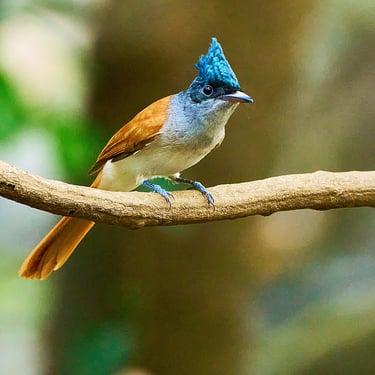
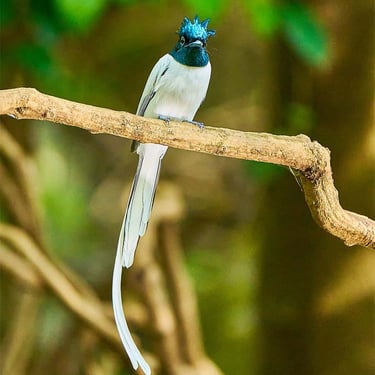
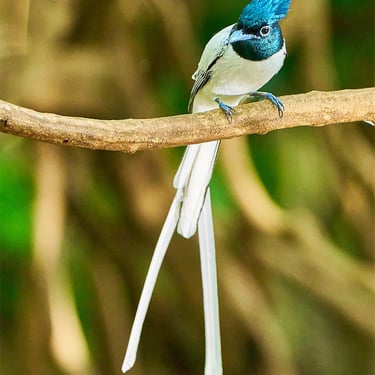
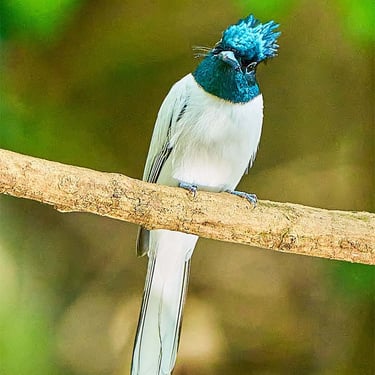
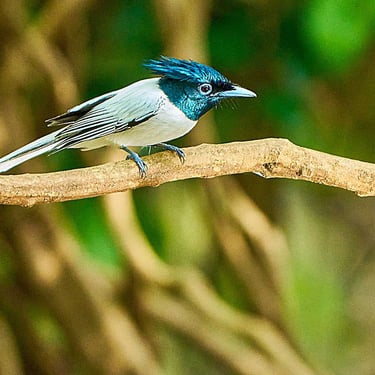
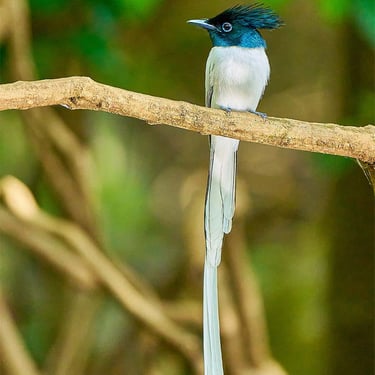
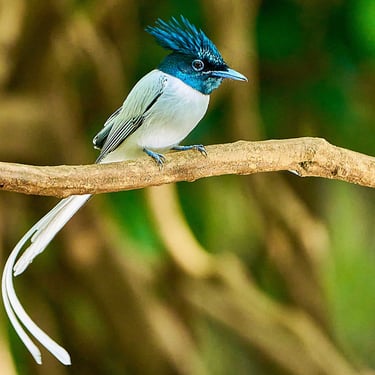

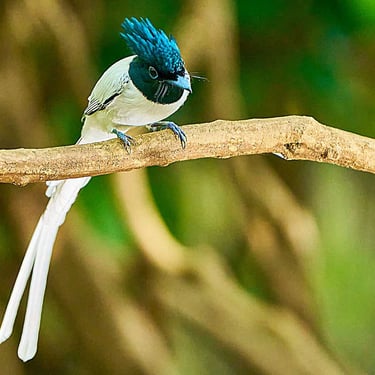
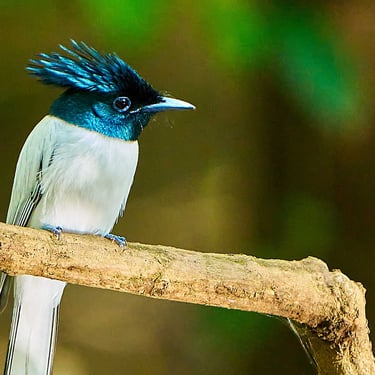
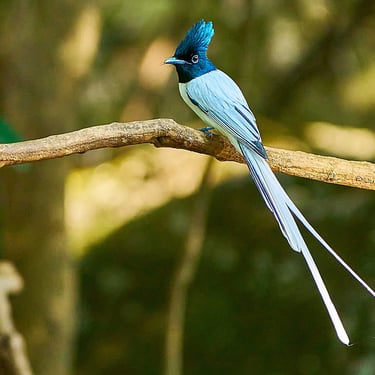
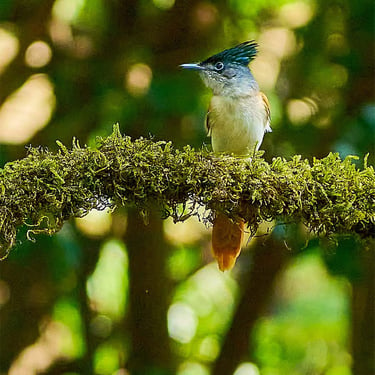

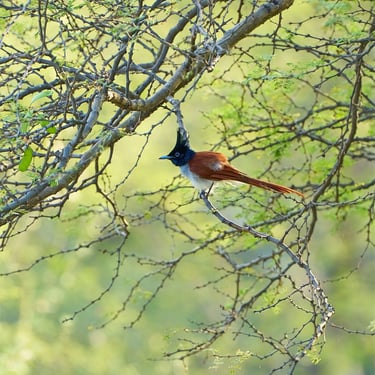
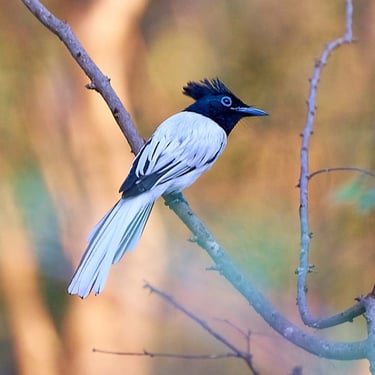
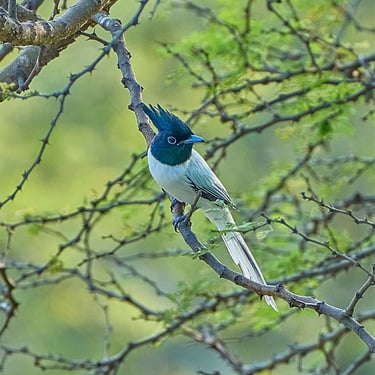
© 2025. All rights reserved.
